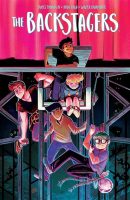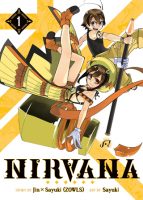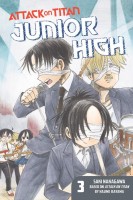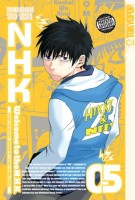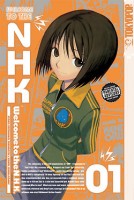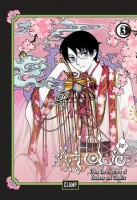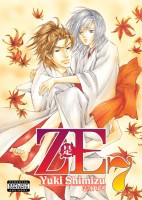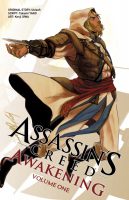 And the winner of the Assassin’s Creed: Awakening manga giveaway is… Sean Kleefeld!
And the winner of the Assassin’s Creed: Awakening manga giveaway is… Sean Kleefeld!
As the winner, Sean (who does some great writing about comics) will be receiving a copy of the first volume in Takashi Yano and Kenji Oiwa’s Assassin’s Creed: Awakening as published in English by Titan Comics. Since pirates feature very prominently in the series, I wanted to learn about some of the giveaway participant’s favorite pirates from manga. Perhaps unsurprisingly considering the popularity of the series characters from Eiichiro Oda’s One Piece were mentioned several times, but some lesser-known pirates can be found in the giveaway comments, too.
Some of the manga released in English featuring pirates:
Assassin’s Creed: Awakening written by Takashi Yano, illustrated by Kenji Oiwa
Basara by Yumi Tamura
Berserk by Kentaro Miura
Black Lagoon by Rei Hiroe
Bodacious Space Pirates: Abyss of Hyperspace by Chibimaru
Captain Harlock by Leiji Matsumoto
Captain Harlock: Dimensional Voyage written by Leiji Matsumoto, illustrated by Kouiti Shimaboshi
Cirque du Freak by Takahiro Arai
Elemental Gelade by Mayumi Azuma
The Legend of Zelda: Phantom Hourglass by Akira Himekawa
One Piece by Eiichiro Oda
Princess Knight by Osamu Tezuka
Queen Emeraldas by Leiji Matsumoto
Stone by Sin-ichi Hiromoto
Vinland Saga by Makoto Yukimura
Wanted by Matsuri Hino
Yona of the Dawn by Mizuho Kusanagi
I’m certain that the above list isn’t comprehensive, but I was a little surprised by how few series I was able to easily come up with that feature pirates! Still, it’s an interesting mix which includes historical pirates, fantasy pirates, space pirates, and more. Thank you to everyone who participated by sharing your personal favorites with me! I hope to see you all again for the next monthly giveaway.

